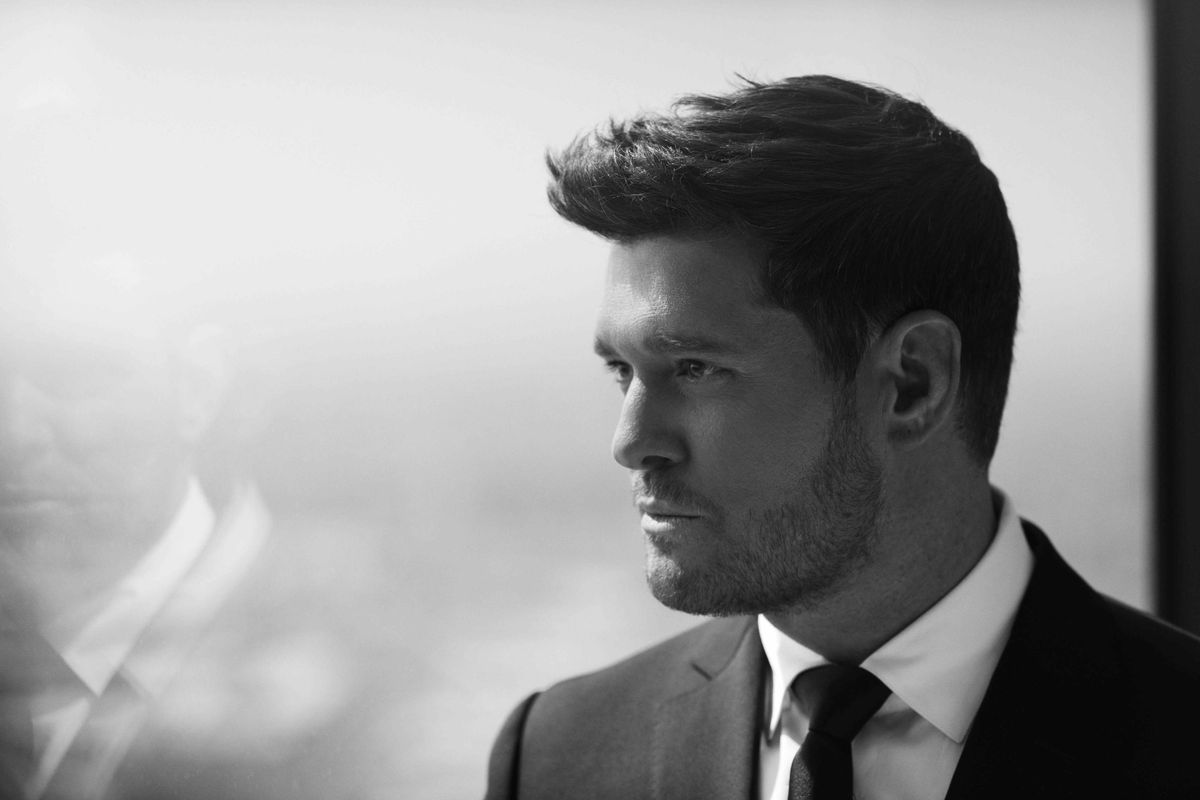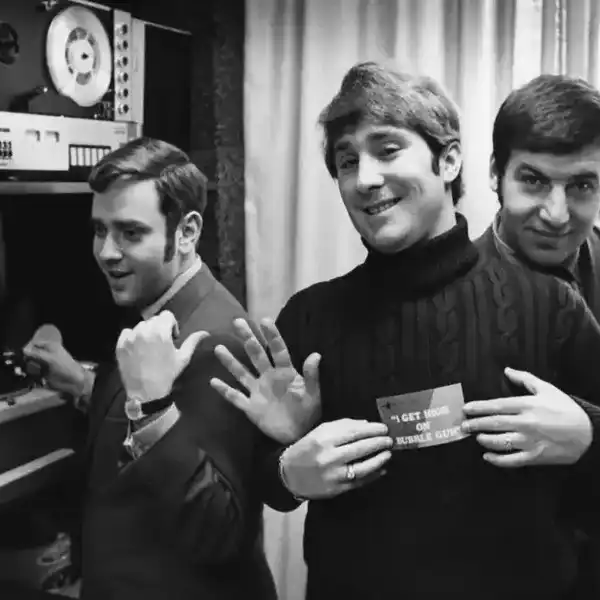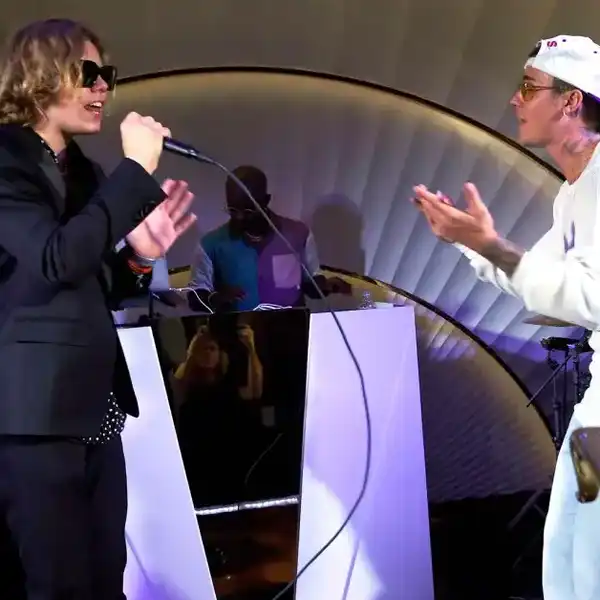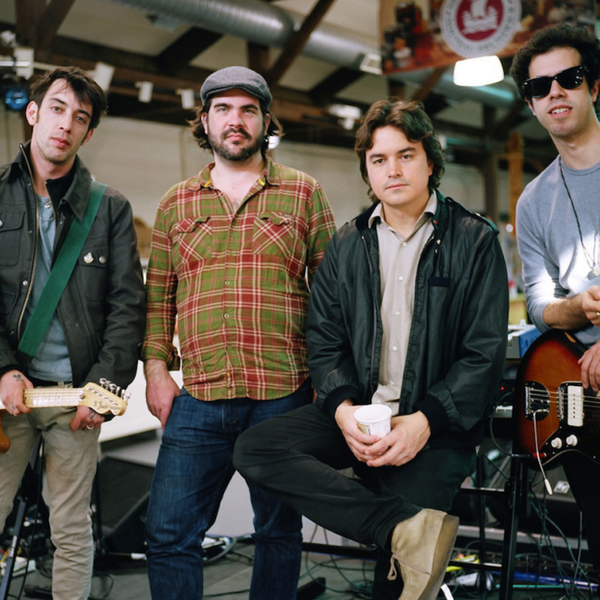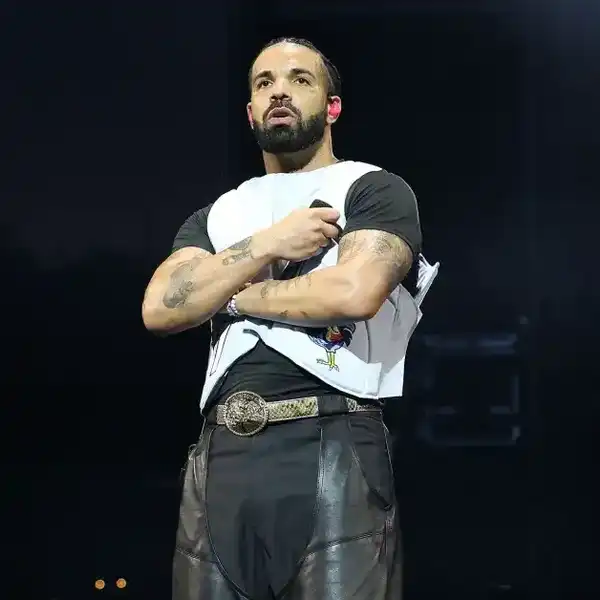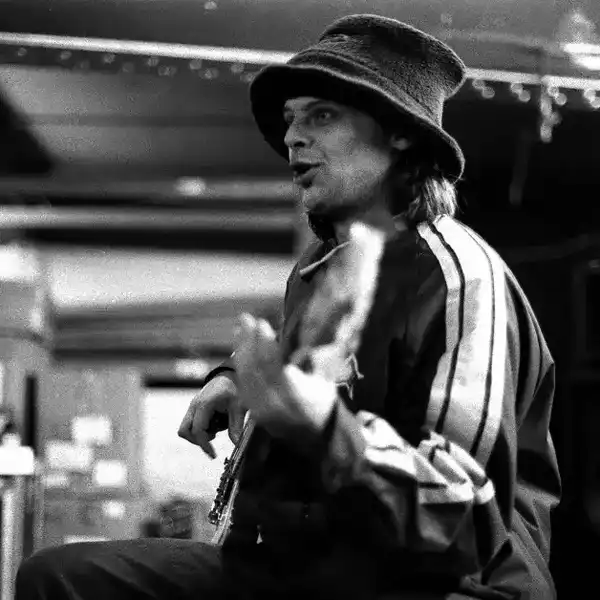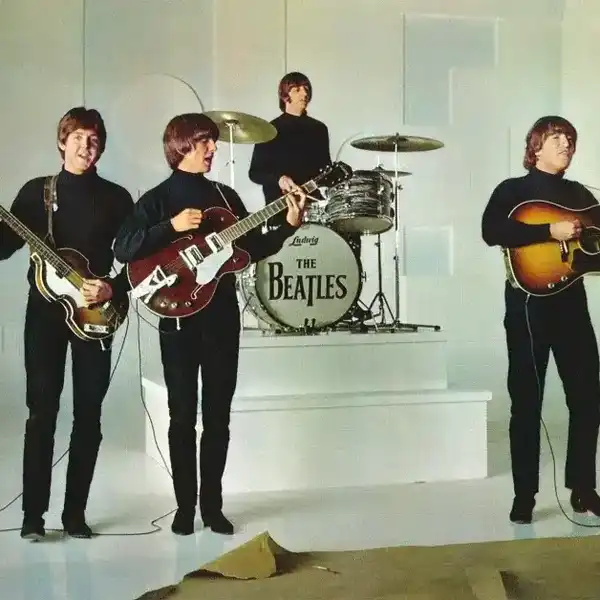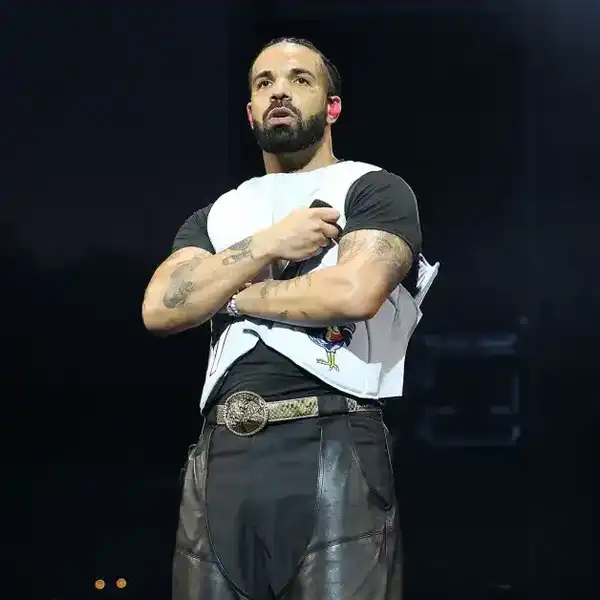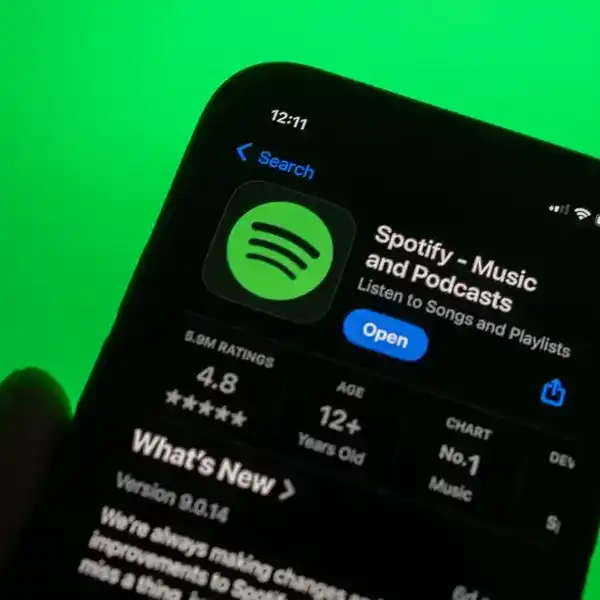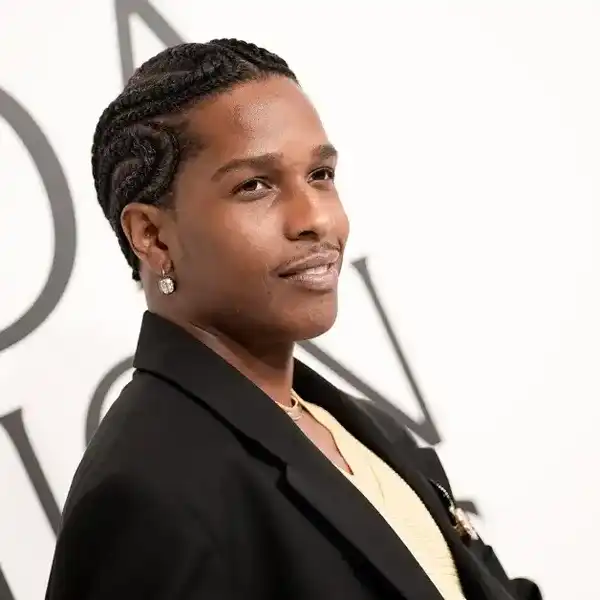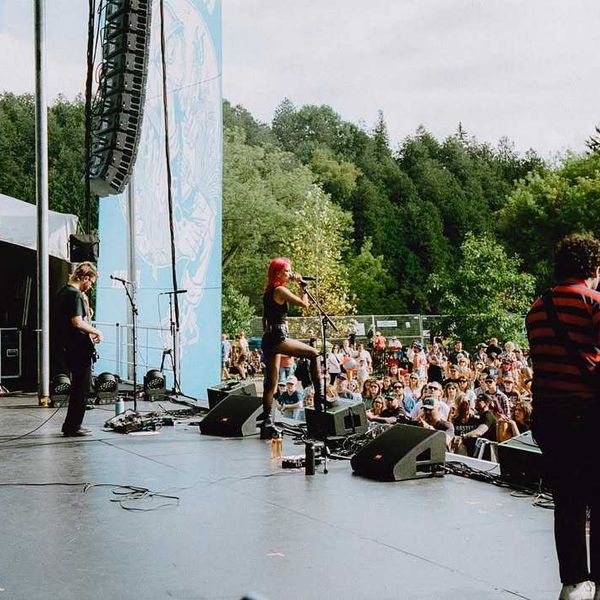A Conversation With Canadian Country Sensation Brett Kissel
Brett Kissel caps off The Compass Project with the live anthology, North Album.
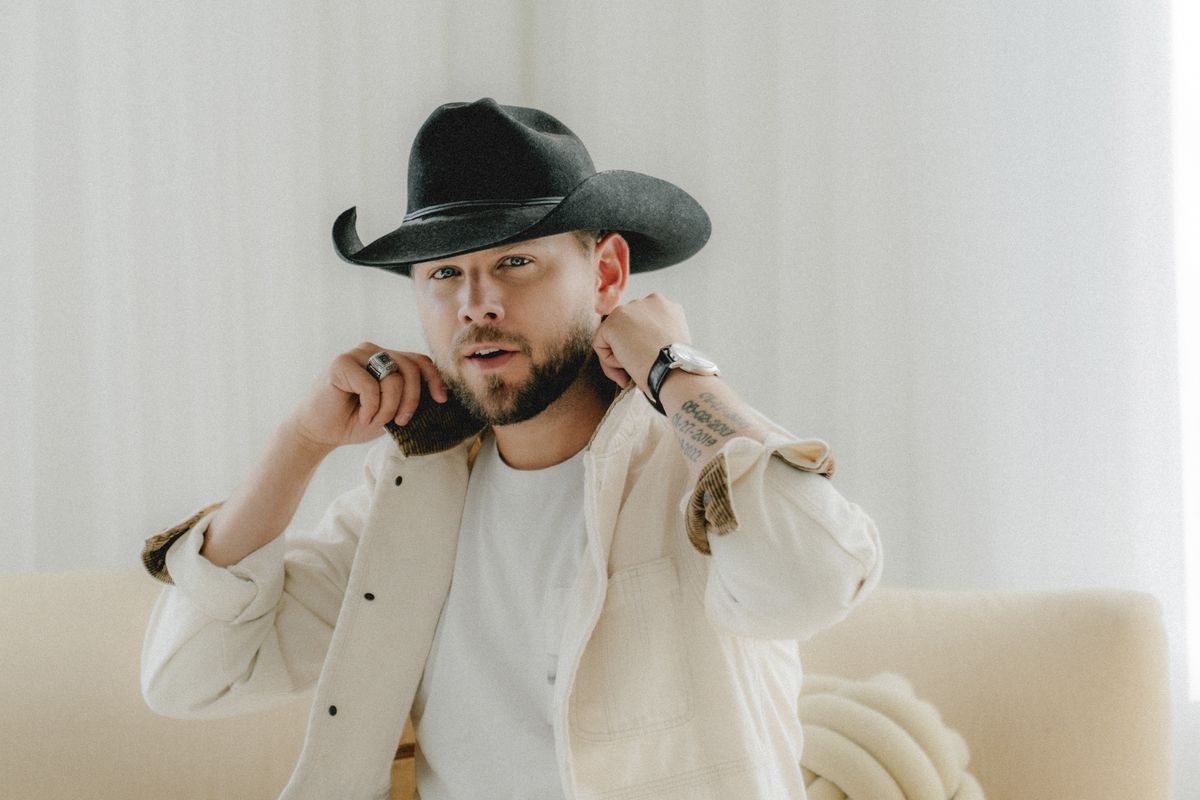
Brett Kissel
Multi-platinum country sensation Brett Kissel concludes his year-long odyssey, The Compass Project, with the release of the fourth and final instalment, the electrifying North Album. A testament to a decade of extraordinary musical achievements, the album encapsulates the essence of Kissel’s illustrious career, presenting his greatest hits in a mesmerizing live performance recorded in Summerside, Prince Edward Island. The album is now available for streaming.
Brett Kissel, with 22 Canadian Country Music Awards, three Juno Awards, two certified albums, a Platinum record, ten Gold singles, and fifteen top-10 hits, stands tall as one of Canada’s most celebrated country musicians. Known for his charisma, vibrant stage presence,and distinctive style, Kissel’s popularity is clear in his collaborations with industry giants and touring alongside stars like Brad Paisley and Garth Brooks. His recent collaboration includes TikTok star Cooper Alan.
In a reflective moment, Kissel remarked, “North Album is my ‘Greatest Hits’ package, and I honestly can’t believe I’ve had the type of career that would even allow a ‘Greatest Hits’ album to be possible. The best part about this album? It’s a LIVE album — recorded in Canada, aka: my homeland in the North.”
North Album serves as a musical time capsule, tracing Kissel’s evolution as an artist. From his label debut “Started With A Song,” marking the genesis of his career, to crowd-pleasers like “Make A Life, Not A Living,” “Drink About Me,” “Airwaves,” and “Anthem,” the collection showcases the range and depth of Kissel’s musical prowess.
In early 2023, Kissel embarked on The Compass Project, an ambitious four-part album experience highlighting various themes and showing his versatility as a musician and songwriter. The journey started with South Album, showcasing commercial country hits, followed by the intimate and acoustic East Album, paying homage to Canada’s east coast. The compass then swung to West Album, celebrating the rich tradition of country and western music. Now, North Album concludes the voyage with a live rendition of Kissel’s greatest hits.
Amidst the album release, Brett Kissel is currently on The Compass Tour, weaving through the country. The tour includes a newly announced stop in Toronto at the Danforth Music Hall on February 23, 2024.
The other night, I saw you at Canada's Walk of Fame, where you were performing a tribute to Gordon Lightfoot for industry champion Gary Slaight’s induction. How was that experience for you?
It was an incredible honour to be part of creating the whole medley for Canada's Walk of Fame. Working on the segues with the video pack from "Sundown" to "Carefree Highway" with Jessica Mitchell and Tom Wilson was really special.
You covered Gordon Lightfoot’s, "If You Could Read My Mind." Did you put a lot of thought into how you would perform it on a national stage?
Absolutely, I put in the time and effort to make sure it sounded great. However, I've heard that song countless times. Like every Canadian, I've sung it around many campfires. My dad loved music, and I remember listening to that cassette while working on the farm. It seemed like a lifetime, singing a song I've known so well.
Speaking of personal experiences, you mentioned owning a Massey Ferguson tractor. Is it true that you might get another one for Christmas?
I sure hope so. I've been in touch with Massey International in Georgia, and there might be one coming my way this Christmas. It's funny, because I bought one for our farm this summer, a smaller utility tractor. I used to sing a rewritten version of "I Want a Massey Ferguson for Christmas" as a teenager, and now it's doing great.
That's impressive! And you're competing [on the Billboard charts] against Brenda Lee's classic, “Rockin’ Around the Christmas Tree.” How do you feel about that?
Well, no one can beat Brenda Lee. Her Christmas songs are classics. I saw her perform with Vince Gill and Keith Urban at the Country Music Hall of Fame fundraising concert, and it was fantastic.
She knocked off Mariah Carey for number one, which is a big deal. I love the honky-tonk style you selected for your Christmas single.
I appreciate your kind words. I love country music, and performing with my band is the most fulfilling part. In the studio, we draw inspiration from real-life moments, making the music even more meaningful.
Those studio sessions were memorable, drawing on various experiences and having a good time, often with a few cocktails, like when we did the Massey Ferguson song.
Speaking of drawing on styles and ideas, let's talk about the Compass Project. Was this concept something you envisioned from the start of your recording career?
Yes and no. I wanted to create something grand that celebrated my ability to explore different genres. However, I didn't have a specific plan for the rollout or approach. Looking back at the Compass Project, I'm proud of how it turned out — the songs, the recordings, the selection and the writing.
For the South Album, you delved into Nashville's new country sound and honky-tonk influences. Can you elaborate on the creative process behind capturing these regional styles?
The South Album had to focus on Nashville and the New Country sound. It was going to be the album with singles and the one I might have released independently. However, it wouldn't fully represent who I am. It would feel disconnected if I included Western Swing or acoustic songs on that record. So, I created separate albums for each direction, allowing me to explore each style more deeply.
It reminded me of how Springsteen broke away and did Nebraska, a stripped-down acoustic album. It allowed him to cover unexplored territory without the demands of contemporary radio. What was your motivation for this diverse approach?
You're absolutely right. I appreciate you bringing up Bruce Springsteen. As an entertainer, he's one of the best, and I've always admired the diversity in his set lists. For me, diversity is crucial, so when people see me perform, I can adapt to any scenario. I've been doing it for years, and now I can showcase it in recorded form.
Playing in a venue like the McPherson Playhouse in Victoria a few nights ago was a wonderful experience. The crowd was attentive from the beginning, listening to every word. I couldn't just blast them with sound and energy; they appreciated a more nuanced performance.
Occasionally, I play at events filled with high energy, and for those, I'm grateful to have a repertoire that can deliver a high-octane performance. When I play at rodeos or Western-themed events, I can sense the audience evaluating whether I can authentically play Western music. Growing up on a farm adds to that expectation. In those moments, my band and I tighten our belt buckles and break out into Western swing, playing impressive material that showcases our versatility.
Regarding the East Record, you mentioned finding an epic location that set the vibe. Can you share more about that?
Absolutely, the location was Peggy's Cove, and it was truly special. Despite travelling to Nova Scotia numerous times, I had never been there. As soon as the Maritime provinces opened after COVID, I seized the opportunity. The next day, I booked a flight, and two days later, I was there visiting my tour manager and close friend, Kevin Bushey, who couldn't leave the island.
Upon arriving, we had a heartfelt reunion, and then I expressed my desire to visit Peggy's Cove. We went there, and the experience was incredible. Standing by the ocean waves, surrounded by the unique beauty, it inspired me. This iconic Canadian landmark influenced the entire process of creating the East Record.
Peggy's Cove, only 45 minutes away, became a pivotal inspiration. There amidst the black rocks and ocean waves with Kevin, I felt a profound connection. The solitude because of COVID added to the experience, and the realization hit me I needed to capture this inspiration in an album. Kevin, having heard me sing around campfires, reminded me I already had the songs — ones to reflect the moments I played during shows.
Upon reviewing my collection, I found around 20 songs that fit a singer-songwriter record. We narrowed it down to 11, creating a remarkable process inspired by one of Canada's most iconic landmarks. Peggy's Cove, with its unique beauty, influenced the creation of what became a singer-songwriter album.
I recall a conversation with the late Tony Bennett, who mentioned starting with 60 song choices and narrowing down to 20, then 12. How do you approach that process?
It's interesting how each record has its unique journey. For my first album, we began with hundreds of songs, narrowing it down to the top 10 or 12. The saying that you have your whole life to make your first record held true. However, for my second album, with only 12 months, it was more about listening than writing. I saved songs that didn't make the first record and collaborated with my producer, Mickey Jack Cones. We included great songs like "Airwaves," which became my first number one. Each album carries its own vibe, and my approach to song selection varies between finding and writing songs.
And with that song, I wanted to dive back into songwriting and creativity. The We Were That Song album had unique duets, including one with Dave Mustaine from Megadeth, followed by a duet with Charley Pride. They couldn't have been more opposite, but that's the beauty of it. Each album has a different feel, and my approach to it shifts between finding and writing songs. The Compass Project includes some songs I wrote 10 or 15 years ago. You never forget the good ones; you just wait for the perfect time to record them.
Tell me about "Make a Life, Not a Living."
"Make a Life, Not a Living" is a special song for me. It's my favourite among those I've recorded, and everything about it felt perfect. The synchronicity and the universe speaking to me in different beautiful ways, especially during the midst of COVID, led me back to the farm. Buying the farm, being with my kids, driving on the quad — everything aligned. On my 30th birthday, Steven Lee Olsen sent me a text about a song he wrote, capturing everything I was feeling. I promised to record and release it as a single, which caused some controversy with the label. Nevertheless, it became my theme song, resonating with me like iconic songs for artists like Glen Campbell, Johnny Cash, or Conway Twitty.
You wrote a condolence letter to Johnny Cash when June Carter passed away, and he responded. Do you still have that letter, and how did his response impact you?
I was 12 years old. Remarkably, I received a letter back. As I speak to you now, I'm sitting in my favourite chair beneath that autograph. It's a testament to the impact Johnny Cash had on me, even at a young age. I had somewhat forgotten about the letter until I found myself under that autograph, surrounded by memories of my early recordings and the remarkable journey that unfolded.
Your musical journey began at 12, releasing your first album on a cassette with covers of various country luminaries, including Cash. Can you share a memory of that time?
On Friday, September 12th, I had a big CD release concert and album release party in my hometown. I didn't have to go to school that day, because I had to set up the hall, you know, set up chairs and sound, and my band and everything. My mom woke me up that morning around 7:30 on the farm, and she said, "I have some great news, but I also have some sad news." I said, "I want to hear the good news." She said my concert sold out, and I couldn't believe it. Our village of Glendon has 250 people, and we sold out the hall, which meant we sold over 500 tickets. That was 500 cassettes too, and we had to do a minimum pressing of a thousand cassettes.
My mom and dad said, "There is no way we're going to sell all this. How are we investing $9,000 into our son when we could spend $9,000 and, you know, get 10 more cows?" My parents risked it big time for me, but that night we sold out. We sold all these cassettes at $15 each. So, I made a $6 profit times a thousand. I made six grand on top of the nine grand we paid back. So, it's $15,000 that we just were like, "Holy sh-t, this might be an actual business." But to go back, also, my mom said that morning when she told me the bad news, the sadness was that Johnny Cash passed away. I remember crying as if I had lost a grandparent, because I loved his music so much.
Crossing America with my parents as a kid, every truck stop and diner had a jukebox at 10 cents a play. In Middle America and the South, we'd hear The Beatles, Honeycombs, Peter Noone, Roger Miller's "King of the Road," and Johnny Cash's "A Boy Named Sue." Those replays were insane, and the jukebox rarely stopped spinning hits.
You know, those moments were the roots of our lives. On the flip side, there was the rhythm and blues, soul, and the timeless classics like James Brown — a kind of Americana magic, you know?
It's vivid, and we all yearn for it because it marked a unique era in history. It truly resonated.
Even though it's faded away, I always appreciate recordings where artists take the time to craft their songs, weaving intricate tales. And you, Brett, are one of those unique storytellers.
What a great memory to have, looking back now. Being able to travel across America and have music play such a huge part.

